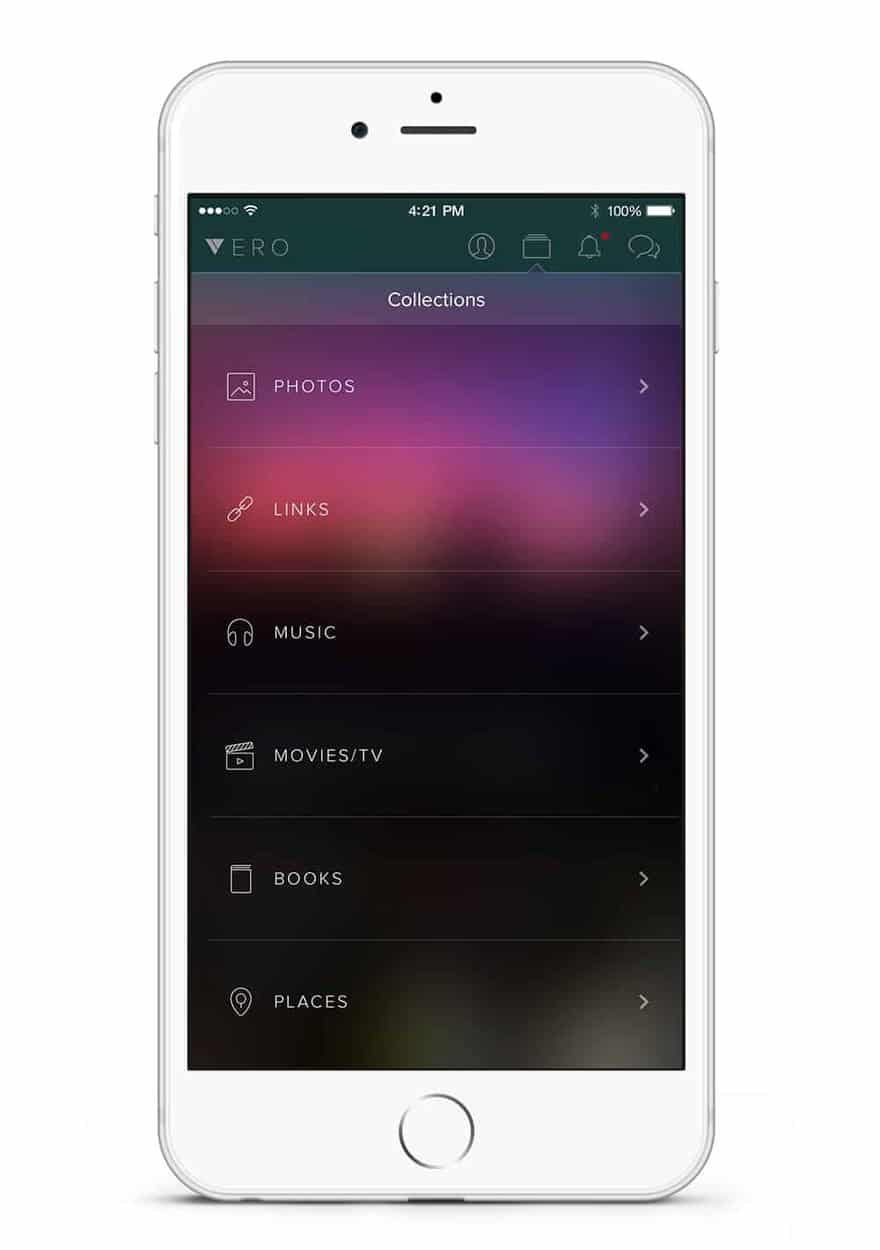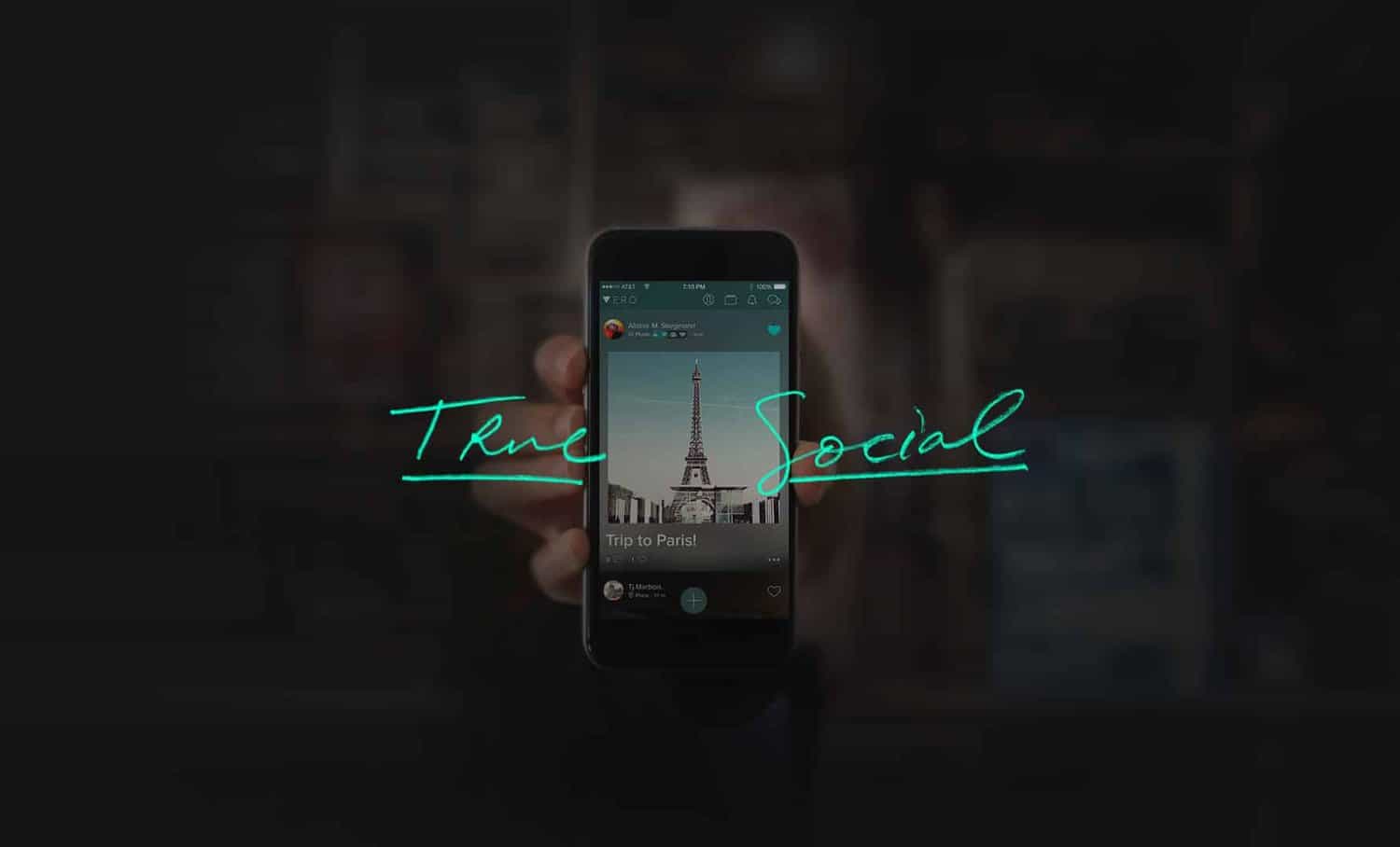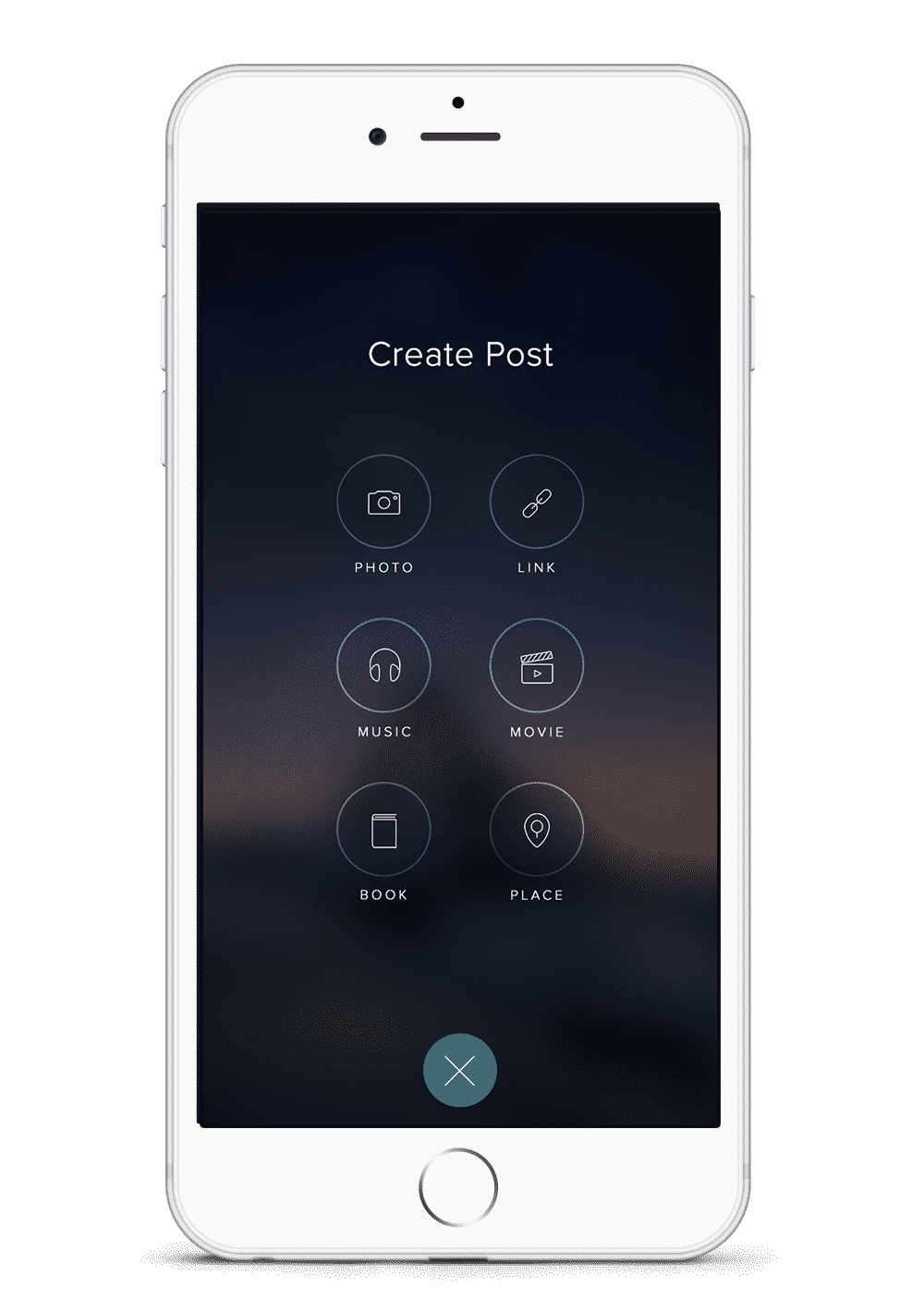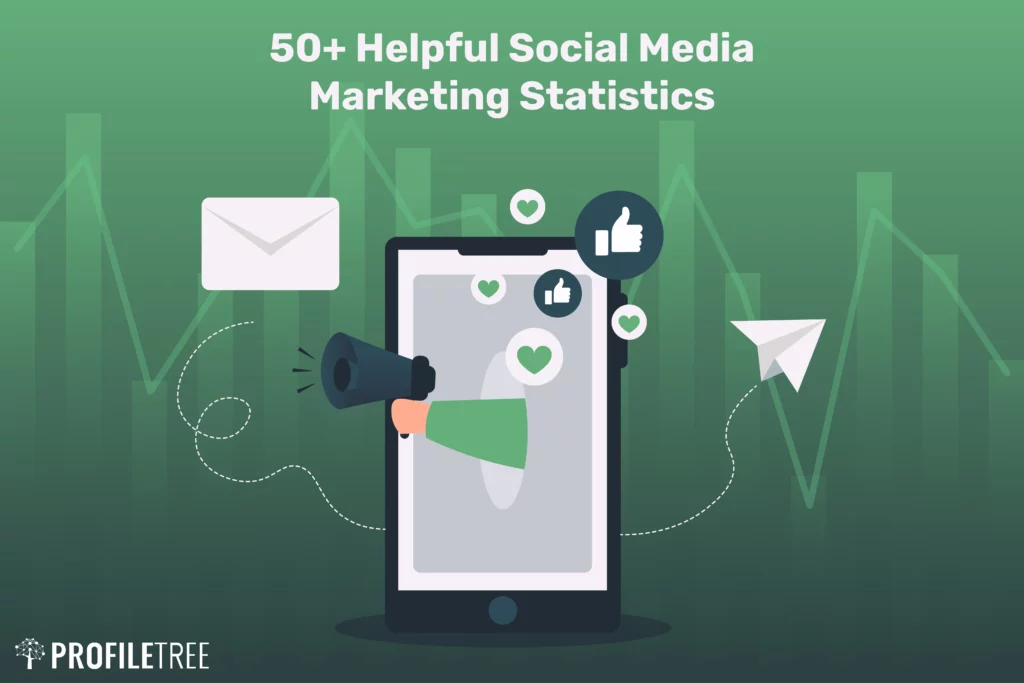If you haven’t heard of the Vero app, you’ll have heard why it suddenly went from under 150,000 downloads to almost 3 million.
That recipe for Vero’s success? The Facebook privacy scandal and user frustration with Instagram came just in time for a new social media platform with a difference.
Simply, Vero sets out to offer all that’s good about platforms like Facebook and Instagram then removes ads, ‘commoditised data-mining’ and more.
In the fast-paced ecommerce landscape, brands cannot rely on one-time transactions alone to survive and thrive – the path to profitability lies in repeat business and lifetime loyalty. Yet fostering meaningful customer relationships across multiple buying cycles is far from simple. This is where Vero steps in; the engagement marketing platform gives growing ecommerce merchants the tools they need to turn casual shoppers into advocates.
Going beyond basic email and push notification capabilities, Vero tracks every customer interaction across your website, mobile apps, in-store purchases, and more. These rich behavioral profiles and datasets then power an intelligent segmentation engine to group users based on their habits. Merchants can leverage these custom audiences for timely, relevant communications through an array of channels from email and SMS to Facebook Messenger.

But Vero isn’t just about messaging – it seamlessly coordinates end-to-end experiences using built-in ecommerce workflows. Abandoned cart automation, personalized product recommendations, referral programs, win-back campaigns, and more can be set up in minutes without any code. Coupling such pre-built templates with a flexible campaign builder and multi-channel analytics empowers even small teams to execute sophisticated strategies at scale.
The rest of this guide will explore Vero’s capabilities for ecommerce stores looking to foster repeat purchases and loyalty through behavioral personalization across customer lifecycles.

But there’s a twist, some backlash on – ironically – social media led to the Vero ship taking on water.
Is there still life in the Vero project? ProfileTree Content Writer Conor takes a closer look…
Table of Contents
‘True Social’ 
Firstly, an overview of what Vero is all about. Starting with one simple question.
Have the likes of constant and perplexing algorithm changes, confusing privacy settings and too many ads on social media have left you cold?
The Vero app – under a slogan of ‘true social’ – sets out to restore your faith in social media.
And they hope people will want to join their cause quickly: new users currently receive free access “for life” ahead of a subscription-based model kicking in.
Don’t miss our FREE AND COMPLETE digital knowledge library – Pt 1 & Pt 2
PLUS our Ultimate SEO Guide | Social Media Essentials | Content Marketing Knowledge-Base
No Algorithms, Ads or Bots – The Vero Manifesto
Vero say they developed their app because what was once a way to connect with friends became a ‘false connection’. That’s because, according to the Vero team, the needs of the platform overtook the user’s needs as social media became more and more popular.
The result? A lack of control over who sees what, your privacy, advertising you see and the quality of content.
Vero have even taken a stand against social media addiction with an in-app timer.
Here’s how the Vero attempt to be a next-generation app works:
Vero App Business Model
The people behind Vero have promised that those using the free sign-up will be treated the same as subscribers who join up later.
They’ve also explained that merchants selling using a ‘buy now’ feature on Vero will be charged a fee. However, Vero won’t charge anyone a fee for charitable donations made through their ‘donate now’ option.

Your Vero Feed
Vero’s fresh new, chronological approach is simple: “We don’t curate it, manipulate it, insert advertising in it, or hold back posts.
“You see what has been shared with you, when it’s been shared with you.”
Your Information
Vero are also clear about what, and how, your information will be used.
They’ve promised that information is used to monitor the health of the app, comply with the law or investigate a complaint.
They’ll only share information with a user’s permission, such as occasions when ‘buy now’ or ‘donate now’ is used, and have stated that its servers are UK-based.
See our final section, however, to find out more about social media criticism over content ownership by Vero.
Community Guidelines
Vero’s typical clarity applies here too: their guidelines state that “Vero is for people, not bots”.
This makes for one of the simple rules users are asked to follow, or risk having their account suspended or deleted.
Who Will You Meet on the Vero App? 
Well, your social circle is – of course – entirely up to you.
Vero will, however, give you the option of sharing a post to friends vs followers…the former being people you actually know and the latter being those who chose to follow you.
Who else will you find? Vero has announced some impressive signings to their cause: a partnership with UK magazine GQ, exclusive content from Max Joseph of Catfish fame, support from various artists and the online Vero sale of a £825,000 Aston Martin DB5.
Behavioural Segmentation: Understanding User Actions for Targeted Marketing
Behavioural segmentation is a powerful marketing strategy that divides customers into groups based on their observed actions and interactions with your brand. This approach enables businesses to tailor their marketing messages and campaigns to specific customer segments, enhancing the relevance and effectiveness of their marketing efforts.
Identifying Behavioral Patterns
Behavioural segmentation involves collecting and analyzing data on customer behavior, including:
- Website visits: Track page views, time spent on site, and click-through rates to understand user interests and browsing patterns.
- Purchase history: Analyze past purchases, product preferences, and spending habits to identify customer segments based on buying behavior.
- Email engagement: Monitor email open rates, click-through rates, and unsubscribe rates to assess customer engagement levels and preferences.
- Social media interactions: Track social media activity, such as likes, comments, and shares, to understand customer interests and demographics.
By analyzing this behavioral data, businesses can identify patterns and trends that reveal different customer segments with distinct preferences and behaviors.
Benefits of Behavioral Segmentation
Behavioural segmentation offers several advantages for businesses, including:
- Increased marketing ROI: Targeted campaigns to specific customer segments lead to higher engagement, conversion rates, and customer lifetime value.
- Enhanced customer experience: Personalized messages and recommendations based on customer behavior create a more relevant and engaging customer experience.
- Improved customer retention: Understanding customer behavior helps identify at-risk customers and implement strategies to prevent churn.
- Optimized marketing spend: Allocate marketing resources more effectively by targeting the most receptive customer segments.
Lifecycle Campaigns: Nurturing Customers Throughout Their Journey
Lifecycle campaigns are marketing initiatives designed to engage and nurture customers at different stages of their relationship with your brand. These campaigns aim to build relationships, encourage repeat purchases, and promote customer loyalty.
Stages of the Customer Lifecycle
The customer lifecycle typically consists of five stages:
- Awareness: Customers become aware of your brand through marketing efforts.
- Consideration: Customers evaluate your brand and products, comparing them to competitors.
- Purchase: Customers make a purchase from your brand.
- Retention: Customers continue to engage with your brand and make repeat purchases.
- Advocacy: Customers become loyal advocates, promoting your brand to others.
Lifecycle Campaign Examples
- Welcome campaigns: Greet new customers with personalized messages, introducing them to your brand and offerings.
- Educational campaigns: Provide valuable content and resources to help customers learn more about your products and services.
- Promotional campaigns: Offer discounts, incentives, or exclusive deals to encourage repeat purchases.
- Loyalty programs: Reward loyal customers with special benefits, points, or exclusive access to enhance their experience.
- Win-back campaigns: Re-engage inactive customers with personalized messages, reminding them of the value your brand offers.
Tailoring Lifecycle Campaigns to Behavioral Data
Combining behavioral segmentation with lifecycle campaigns allows businesses to deliver highly personalized and relevant messaging at each stage of the customer journey. For instance:
- Target welcome campaigns to customers based on their interests and past interactions.
- Send educational content to customers who have shown interest in specific products or services.
- Offer personalized promotions to customers based on their purchase history and preferences.
- Reward loyal customers who have demonstrated their advocacy for your brand.
- Re-engage inactive customers with messages tailored to their reasons for inactivity.
By leveraging behavioral data and lifecycle campaigns, businesses can create a seamless customer experience that nurtures relationships, drives repeat purchases, and fosters customer loyalty.
Teething Troubles and Predicting the Future
Purely anecdotally, many of us will noticed friends starting to ditch Facebook thanks to its cynical business model, constant algorithm tinkering and seemingly repetitive content.
But Vero hasn’t been without some initial glitches: that initial free access offer was designed to expire after one million users. But this was extended due to technical problems caused by a wave of new sign-ups.
In addition, controversy over a founder of the app, social media complaints about difficulty in deleting the app entirely, and social media unease over Vero ownership of content posted by users, seemed to make a dent in the company’s initial traction.
But if the promise of a social media life without algorithms, bots or ads is something that still appeals, you might want to act sooner rather than later just in case. Vero’s own website has announced that the company will “confirm the start date and pricing of Vero subscriptions soon”.

Integrating Your Marketing Ecosystem for Seamless Customer Journeys
In today’s data-driven marketing landscape, integrating your various marketing tools and platforms is crucial for creating a cohesive customer journey and maximizing the effectiveness of your marketing efforts. By connecting your marketing ecosystem, you can streamline data sharing, automate tasks, and personalize messaging across all touchpoints, resulting in a more engaging and consistent customer experience.
Commerce Platform Integrations
Commerce platform integrations enable you to connect your CRM system with your e-commerce platform, allowing for a seamless flow of customer data. This integration provides several benefits, including:
- Enhanced customer profiles: Enrich customer profiles with purchase history, product preferences, and abandoned cart data.
- Personalized product recommendations: Deliver personalized product recommendations based on customer behavior and preferences.
- Automated post-purchase campaigns: Trigger automated email campaigns based on purchase actions, such as order confirmations, shipping updates, and thank-you messages.
- Synchronized customer data: Ensure consistent customer data across your CRM and e-commerce platform for a unified customer view.
Email Service Integrations
Integrating your CRM system with your email service provider (ESP) allows you to manage your email marketing campaigns directly from your CRM. This integration offers several advantages, including:
- Targeted email campaigns: Create and send targeted email campaigns based on customer segments, behavior, and preferences.
- Automated email workflows: Automate email workflows, such as welcome sequences, nurture campaigns, and win-back efforts.
- Personalized email content: Dynamically insert customer data into email templates for personalized messaging.
- Real-time email engagement tracking: Track email open rates, click-through rates, and unsubscribes to measure campaign performance.
Other Marketing Tool Integrations
In addition to commerce platforms and email services, integrating your CRM system with other marketing tools can further enhance your marketing efforts. Some beneficial integrations include:
- Analytics platforms: Connect your CRM with analytics platforms to gain insights into customer behavior, campaign performance, and attribution modeling.
- Social media platforms: Integrate social media platforms to track customer interactions, monitor brand mentions, and respond to social media inquiries.
- Marketing automation platforms: Connect marketing automation tools to automate marketing tasks, such as lead nurturing, segmentation, and personalized messaging.
Benefits of Integrated Marketing Ecosystems
The benefits of integrating your marketing ecosystem are numerous and include:
- Improved customer experience: Create a seamless and consistent customer journey across all touchpoints.
- Enhanced campaign effectiveness: Personalize messaging and deliver targeted campaigns based on customer data.
- Increased marketing ROI: Maximize the return on your marketing investments by optimizing resource allocation and campaign performance.
- Data-driven decision-making: Gain a holistic view of customer data to make informed marketing decisions.
- Simplified marketing operations: Streamline marketing workflows and automate tasks to improve efficiency.
By integrating your various marketing tools, you can create a powerful marketing ecosystem that enables you to deliver personalized experiences, drive customer engagement, and achieve your marketing goals.
Recent updates in CRM systems, including automation workflows and predictive sending:
Automation Workflows: Streamlining Marketing Processes
CRM systems are increasingly incorporating automation workflows to streamline marketing processes, enhance efficiency, and deliver personalized experiences. These automated workflows enable businesses to trigger specific actions based on predefined criteria, saving time and resources while ensuring consistent customer interactions.
Examples of Automation Workflows:
- Lead Nurturing: Automatically engage with new leads by sending personalized emails, providing relevant content, and nurturing them through the sales pipeline.
- Welcome Campaigns: Trigger automated welcome sequences for new customers, introducing them to the company, its products, and its services.
- Post-Purchase Follow-ups: Send automated follow-up emails after purchases, thanking customers for their business, requesting feedback, and offering recommendations.
- Abandoned Cart Reminders: Recapture lost sales by sending automated reminders to customers who have left items in their carts.
- Win-Back Campaigns: Target inactive customers with personalized emails, offering incentives or re-engaging them with relevant content.
Benefits of Automation Workflows:
- Improved efficiency: Automate repetitive tasks, freeing up time for marketing teams to focus on strategic initiatives.
- Personalized customer experiences: Deliver personalized interactions based on customer behavior and preferences.
- Increased engagement: Enhance customer engagement by sending timely and relevant messages.
- Reduced churn: Retain customers by proactively addressing their needs and concerns.
Predictive Sending: Optimizing Email Delivery
CRM systems are incorporating predictive sending capabilities to optimize email delivery times, ensuring that messages reach recipients at the most optimal time for engagement. This technology analyzes customer data, including past email interactions, open rates, and click-through rates, to predict the best time to send each individual email.
Benefits of Predictive Sending:
- Increased open rates: Deliver emails when recipients are most likely to open them, maximizing engagement.
- Improved click-through rates: Send emails when recipients are most likely to take action, boosting campaign performance.
- Enhanced customer experience: Deliver emails at a time that is convenient and relevant for each recipient.
- Reduced spam complaints: Avoid sending emails at times when recipients are less likely to engage, minimizing the risk of spam complaints.
By incorporating automation workflows and predictive sending capabilities, CRM systems are empowering businesses to streamline marketing processes, enhance customer engagement, and achieve their marketing goals more effectively.
Comparison of CRM systems, including features, pricing, and pros and cons of each:
| **CRM System | Features | Pricing | Pros | Cons** |
|---|---|---|---|---|
| Salesforce | Comprehensive suite of CRM tools, including sales, marketing, customer service, and analytics | Starts at $25 per user per month | Scalable to meet the needs of businesses of all sizes | Can be complex and expensive for small businesses |
| HubSpot | Free CRM with paid plans for advanced features | Starts at $40 per month | Easy to use and affordable | Not as comprehensive as Salesforce |
| Klaviyo | Email marketing and SMS automation platform for e-commerce businesses | Starts at $200 per month | Powerful email marketing and SMS automation tools | Not as comprehensive as Salesforce or HubSpot |
| Customer.io | Customer data platform (CDP) that helps businesses collect, organize, and analyze customer data | Starts at $1,500 per month | Powerful customer data platform with advanced segmentation and personalization capabilities | Expensive |
Additional Considerations
- Business size and needs: Consider the size and complexity of your business when choosing a CRM system. Small businesses may need a simple and affordable CRM system, while large enterprises may need a more comprehensive and scalable solution.
- Industry: Some CRM systems are specifically designed for certain industries, such as e-commerce, retail, or healthcare. Choose a CRM system that is tailored to your industry’s specific needs.
- Integration capabilities: Make sure the CRM system you choose integrates with the other tools and software you use, such as your accounting system, marketing automation platform, and email marketing service.
- Ease of use: Choose a CRM system that is easy to use and learn, especially if you have limited technical expertise.
- Customer support: Make sure the CRM system you choose offers good customer support in case you need help.
Frequently Asked Questions (FAQs)
A CRM (Customer Relationship Management) system is a software application that helps businesses manage and track customer interactions and data throughout the customer lifecycle. CRM systems provide a central repository for customer information, enabling businesses to better understand their customers, improve customer satisfaction, and increase sales.
Q: What are the benefits of using a CRM system?
There are many benefits to using a CRM system, including:
- Improved sales: CRM systems can help businesses increase sales by providing tools to track leads, manage pipelines, and close deals.
- Enhanced customer service: CRM systems can help businesses provide better customer service by providing a centralized view of customer interactions and data.
- Increased customer satisfaction: CRM systems can help businesses increase customer satisfaction by enabling them to resolve issues quickly and efficiently.
- Improved marketing: CRM systems can help businesses improve their marketing efforts by providing tools to track campaign performance and target customers more effectively.
- Reduced costs: CRM systems can help businesses reduce costs by automating tasks and streamlining processes.
Q: What are the different types of CRM systems?
There are three main types of CRM systems:
- Operational CRM: Operational CRM systems focus on day-to-day customer interactions, such as sales, marketing, and customer service.
- Analytical CRM: Analytical CRM systems focus on analyzing customer data to gain insights into customer behavior and preferences.
- Collaborative CRM: Collaborative CRM systems focus on sharing customer information and collaborating across teams to provide a seamless customer experience.
Q: How much do CRM systems cost?
The cost of CRM systems varies depending on the size and complexity of the business and the features required. However, as a general rule, small businesses should be able to find a CRM system for less than $100 per month, while larger enterprises may need to pay several thousand dollars per month.
Q: How do I choose the right CRM system for my business?
There are a few factors to consider when choosing a CRM system for your business, including:
- Business size and needs: Consider the size and complexity of your business when choosing a CRM system. Small businesses may need a simple and affordable CRM system, while large enterprises may need a more comprehensive and scalable solution.
- Industry: Some CRM systems are specifically designed for certain industries, such as e-commerce, retail, or healthcare. Choose a CRM system that is tailored to your industry’s specific needs.
- Integration capabilities: Make sure the CRM system you choose integrates with the other tools and software you use, such as your accounting system, marketing automation platform, and email marketing service.
- Ease of use: Choose a CRM system that is easy to use and learn, especially if you have limited technical expertise.
- Customer support: Make sure the CRM system you choose offers good customer support in case you need help.
What Now?
Is a Vero resurgence still possible and could joining now place you in the very centre of a ‘smarter social’ revolution?
It seems possible that, sooner or later, a newcomer in the mould of Ello or Mastodon will capitalise on our frustration with the current social media giants.
Early adopting or ‘wait and see’…the choice is yours.
Free QUICK READ What Is? guides… Alexa | Social Media Strategy | eMarketing |Google my Business | Facebook | App | Keyword Research | SEO | Google+ | Domain Authority | Lead Magnet | Hootsuite | Twitter | Twitter Handle | Facebook Live | Hashtag | Guerilla Marketing | Snapchat Geofilter | Free Social Media Tools
Questions? Want to know how we can help turn marketing knowledge into results?
Drop us a hello! We’ll put the kettle on.




